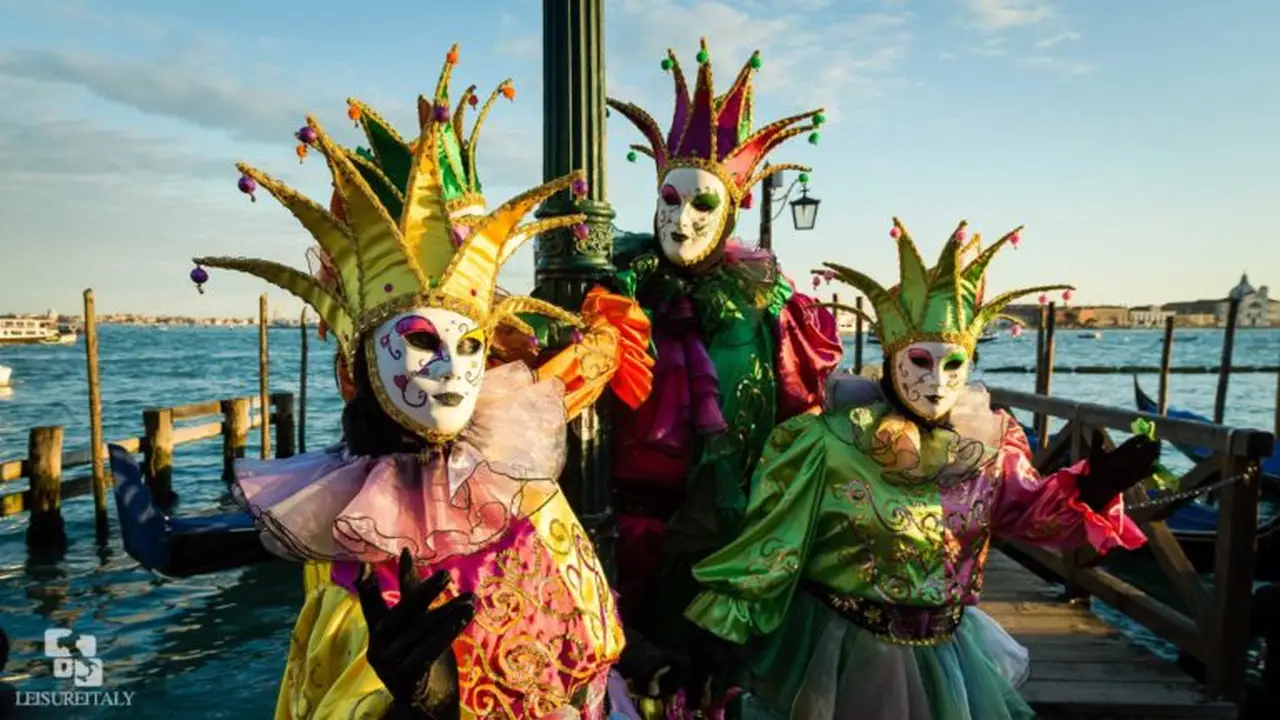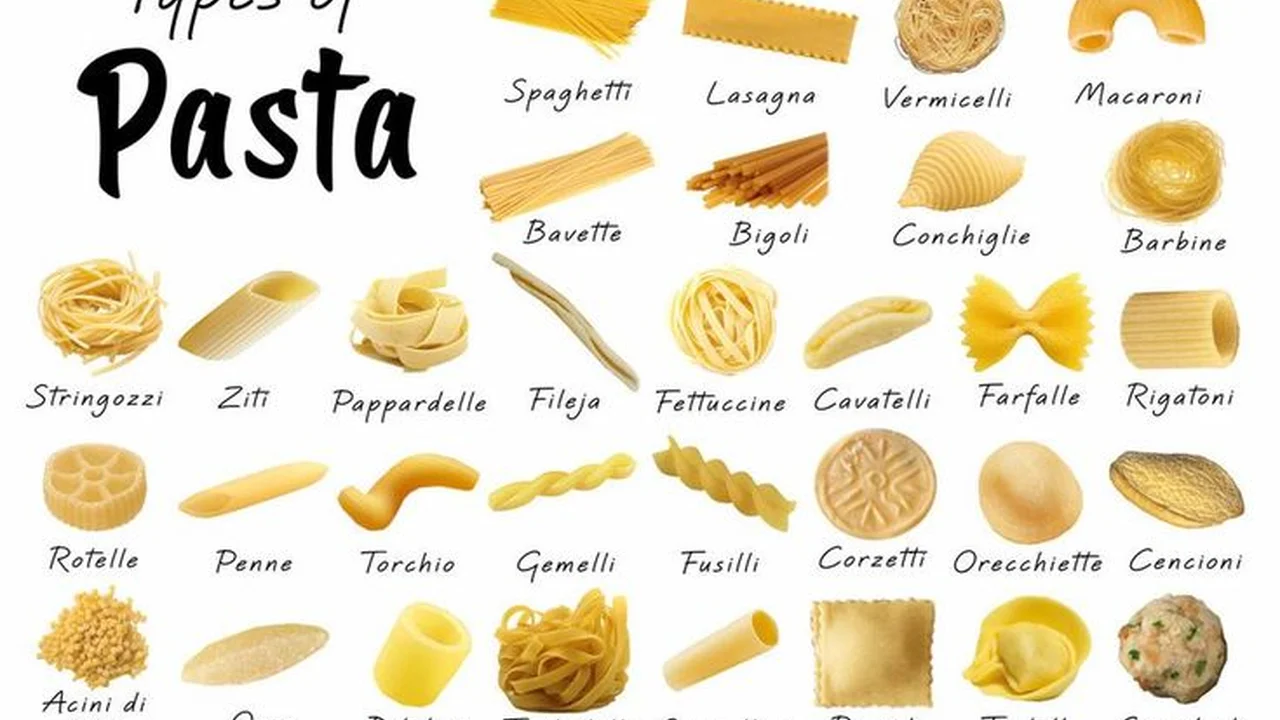Italian Traditions: Customs and Beliefs
Discover the customs and beliefs of Italian traditions. Learn about family values, social etiquette, and regional customs. Experience the cultural richness of Italy.

Understanding Italian Family Values and Traditions
Family is the cornerstone of Italian society. It’s not just about blood relations; it’s a deep-rooted sense of belonging and loyalty that extends to multiple generations. When you travel to Italy, you’ll notice families spending a lot of time together – from Sunday lunches that last for hours to multi-generational vacations.
Key Aspects of Italian Family Values:
- Strong Bonds: Family members are incredibly close and supportive of each other.
- Multi-Generational Living: It’s common for young adults to live with their parents until marriage, and grandparents often play a significant role in raising children.
- Sunday Lunch: A sacred tradition where families gather for a large, elaborate meal, often featuring homemade pasta and regional specialties.
- Respect for Elders: Older family members are highly respected and their wisdom is valued.
When interacting with Italians, remember to be respectful of their family values. Asking about their family is generally well-received and shows that you’re interested in getting to know them on a deeper level. Avoid making jokes or comments that could be perceived as disrespectful towards family.
Navigating Italian Social Etiquette Tips for Travelers
Italian social etiquette is all about showing respect and being mindful of cultural norms. While Italians are generally warm and welcoming, there are certain customs you should be aware of to avoid faux pas.
Essential Etiquette Tips:
- Greetings: A handshake is common for initial meetings. Once you’ve established a rapport, cheek kisses (fare la bacia) are typical, especially between women and between men and women. The number of kisses varies by region – two in most parts of Italy, but sometimes one or three.
- Dress Code: Italians are known for their stylishness. While you don’t need to dress to the nines every day, avoid wearing overly casual or sloppy attire, especially when visiting churches or upscale restaurants.
- Table Manners: Keep your hands above the table (but not your elbows!), use utensils properly, and don't cut pasta (twirl it with your fork against your spoon or plate). Wait for everyone to be served before you start eating.
- Punctuality: While Italians are generally more relaxed about time than some cultures, it's still considered polite to be on time for appointments and reservations. If you're going to be late, it's courteous to call and let them know.
- Gift Giving: If you're invited to someone's home, it's customary to bring a small gift, such as a bottle of wine, flowers, or a box of chocolates. Avoid bringing chrysanthemums, as they are associated with funerals.
- Addressing People: Use Signore (Mr.), Signora (Mrs.), or Signorina (Miss) when addressing people you don't know well. Use their formal title followed by their last name.
By being mindful of these etiquette tips, you'll show respect for Italian culture and make a positive impression on the locals.
Exploring Italian Regional Customs and Traditions Across Italy
Italy is a country of diverse regions, each with its own unique customs and traditions. From the Alps in the north to the islands in the south, you'll find a fascinating array of cultural practices.
Regional Highlights:
- Venice: Famous for its canals, gondolas, and the annual Carnival celebration, a masked ball extravaganza.
- Tuscany: Known for its rolling hills, vineyards, and Renaissance art. Participate in a wine tasting or a cooking class to immerse yourself in the local culture.
- Rome: The Eternal City, steeped in history and home to iconic landmarks like the Colosseum and the Vatican. Toss a coin in the Trevi Fountain to ensure your return.
- Naples: The birthplace of pizza and a vibrant city with a rich history. Experience the chaotic energy and indulge in authentic Neapolitan cuisine.
- Sicily: The largest island in the Mediterranean, with a blend of cultures and stunning landscapes. Explore ancient ruins, active volcanoes, and beautiful beaches.
Specific Regional Traditions:
- Palio di Siena (Tuscany): A historic horse race held twice a year in the Piazza del Campo.
- La Festa dei Ceri (Umbria): A religious festival in Gubbio, where teams race up a mountain carrying large wooden "candles."
- Carnevale di Viareggio (Tuscany): A vibrant carnival with elaborate floats and costumed parades.
- Infiorata (Various Locations): Flower festivals where streets are decorated with intricate designs made from flower petals.
When traveling to different regions of Italy, take the time to learn about their specific customs and traditions. This will enhance your experience and allow you to connect with the local culture on a deeper level.
Religious Celebrations and Italian Traditions and Customs
Religion plays a significant role in Italian culture, and many festivals and traditions are rooted in religious beliefs. Understanding these celebrations will give you a greater appreciation for Italian culture.
Key Religious Celebrations:
- Christmas (Natale): Celebrated with family gatherings, elaborate meals, and religious services. Panettone and pandoro are traditional Christmas cakes.
- Easter (Pasqua): A major religious holiday celebrated with special meals, processions, and the exchange of chocolate eggs.
- Ferragosto (August 15th): A national holiday celebrating the Assumption of Mary. Many Italians take vacations during this time.
- All Saints' Day (Ognissanti - November 1st): A day to honor all saints. Families often visit cemeteries to pay respects to their deceased loved ones.
When visiting churches and religious sites, remember to dress respectfully (cover your shoulders and knees) and maintain a quiet demeanor. During religious celebrations, be mindful of the local customs and traditions.
Superstitions and Beliefs in Italy: Understanding Popular Italian Traditions
Italy is a land of ancient superstitions and beliefs, passed down through generations. While not everyone takes them seriously, they still play a role in Italian culture.
Common Superstitions:
- Malocchio (Evil Eye): A curse believed to be cast by a jealous or envious look. Italians often wear amulets (like a horn-shaped cornetto) to protect themselves from the evil eye.
- Touching Iron (Toccare Ferro): Similar to knocking on wood, touching iron is believed to ward off bad luck.
- Spilling Salt: Considered bad luck. To counteract it, throw a pinch of salt over your left shoulder.
- Black Cats: Seeing a black cat is considered bad luck in some parts of Italy, while in others it's considered good luck.
- Number 13: Considered unlucky in some contexts, particularly at the table.
While you don't need to believe in these superstitions, it's interesting to be aware of them and understand their cultural significance. Avoid mocking or dismissing them, as they are often deeply ingrained in Italian beliefs.
Product Recommendations: Amulets for Good Luck and Protection in Italian Traditions
If you want to embrace Italian traditions, consider purchasing some of the following items:
- Cornetto (Horn): A small, horn-shaped amulet made of coral, gold, or other materials. Worn to protect against the evil eye.
- Usage: Wear it as a necklace, bracelet, or keychain.
- Comparison: Coral cornetti are considered more potent than those made of other materials. Gold is a classic choice, while silver is more affordable.
- Price: From $10 for a simple silver cornetto to $100+ for a coral or gold one. You can find them in jewelry stores and souvenir shops throughout Italy.
- Figa Hand Charm: A hand-shaped charm with the thumb inserted between the index and middle fingers. An ancient gesture symbolizing fertility and good luck.
- Usage: Wear it as a charm on a bracelet or necklace.
- Comparison: Available in various materials like silver, gold, and wood.
- Price: Ranges from $15 to $80 depending on the material and craftsmanship.
- Red Ribbon (Nastro Rosso): A simple red ribbon worn around the wrist or ankle to ward off bad luck.
- Usage: Tie it around your wrist or ankle.
- Comparison: Choose a ribbon made of natural fibers like cotton or silk.
- Price: Very inexpensive, typically under $5. You can find them in fabric stores or souvenir shops.
These items make unique and meaningful souvenirs, and they're a fun way to connect with Italian culture.
Learning the Language: Basic Italian Phrases Related to Customs and Beliefs
Knowing a few basic Italian phrases will enhance your interactions with locals and show that you're interested in their culture.
Useful Phrases:
- "Come si dice?" (How do you say?) - Useful for learning new words and phrases.
- "Scusi" (Excuse me) - Use this to get someone's attention or to apologize.
- "Grazie" (Thank you)
- "Prego" (You're welcome)
- "Buona fortuna!" (Good luck!)
- "Salute!" (Cheers!) - Use this when toasting.
- "Permesso?" (May I?) - Use this when entering a room or passing someone.
Learning these phrases will help you navigate social situations and show respect for Italian customs.
:max_bytes(150000):strip_icc()/277019-baked-pork-chops-with-cream-of-mushroom-soup-DDMFS-beauty-4x3-BG-7505-5762b731cf30447d9cbbbbbf387beafa.jpg)






